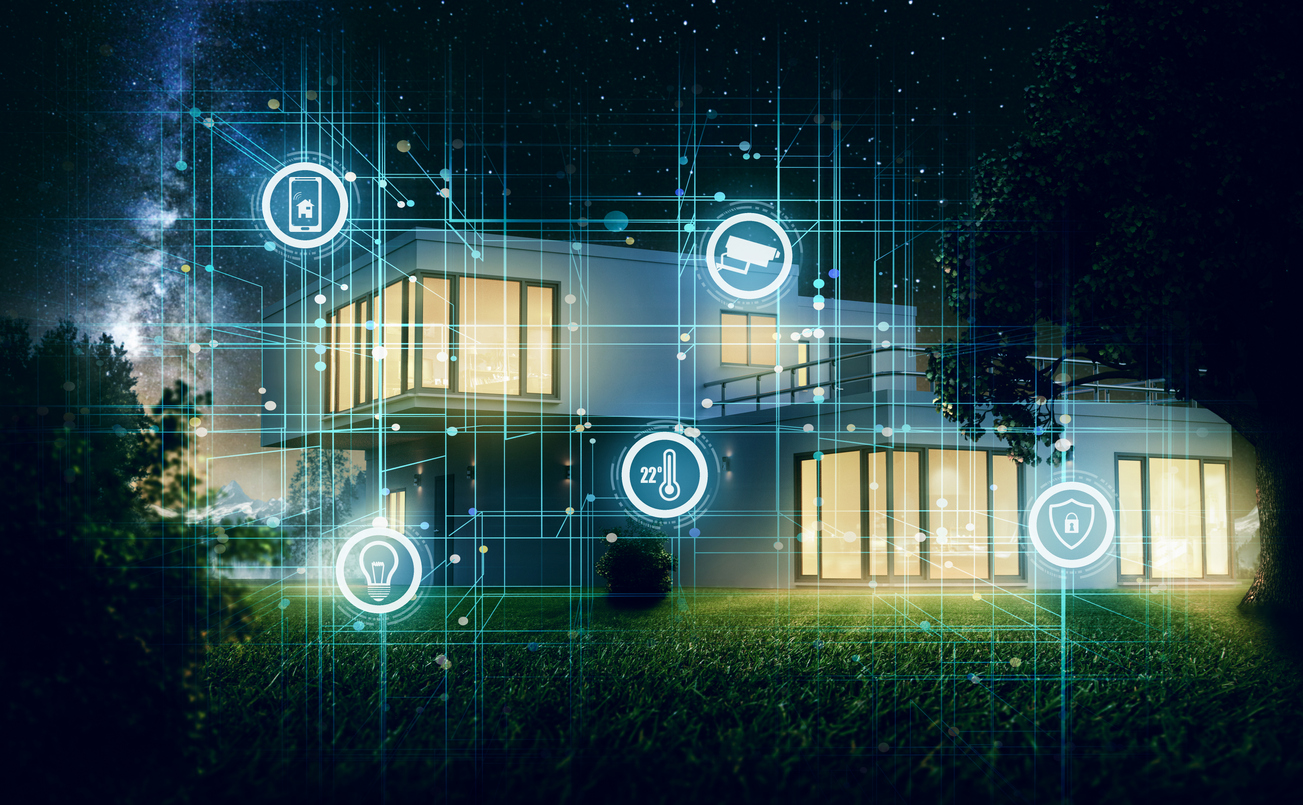
The modern homeowner has come to expect their new home to come fully equipped with smart home features. Some of the features that come standard with new builds include smart thermostats, video doorbells and automatic home locks.
“Builders will be encouraged to think more and more about specific new considerations for the buyer in the pre-install smart home scenario,” says Conrad McCallum of the Continental Automated Buildings Association. “These are likely to focus on the time needed to learn a system that was installed before they arrived, cybersecurity and privacy best practices, maintenance agreements and protection against setups that were not done correctly, device compatibility and open systems, and the extendibility of the system to other technologies that may be added in future.”
With more homeowners working from home and more devices connected to the home internet, it’s important not to overload the system. The faster and more robust the internet connection, the more smart-home devices can be added to the system. This is an important consideration in areas which do not have 5G networks.
Another consideration when selecting the smart-home devices that you will be including in your next build, is health. Post-pandemic, most homeowners are looking for homes with improved air quality. Considering devices that help to reduce pathogens in the air will be a huge plus for homeowners.
Smart lighting systems allow users to log on to lighting through an app and voice control. Homeowners can turn the lights on without getting up from the couch or use the app to light their homes when they are away. “Beyond offering greater convenience than traditional bulbs, smart lights use less energy and last longer, so they can save you money in the long run,” says Angela Moscaritolo from PC Mag.
